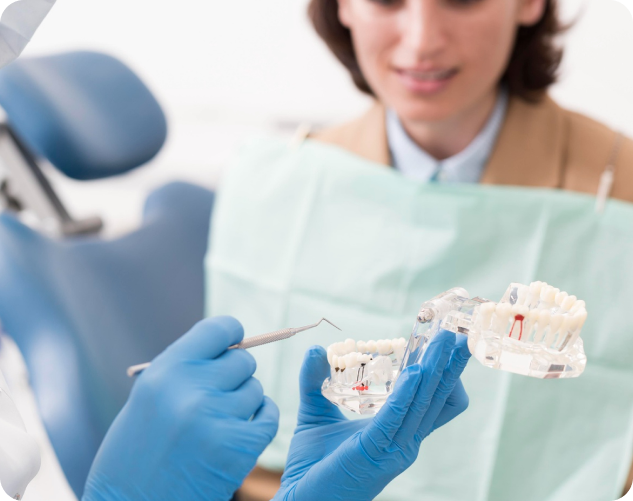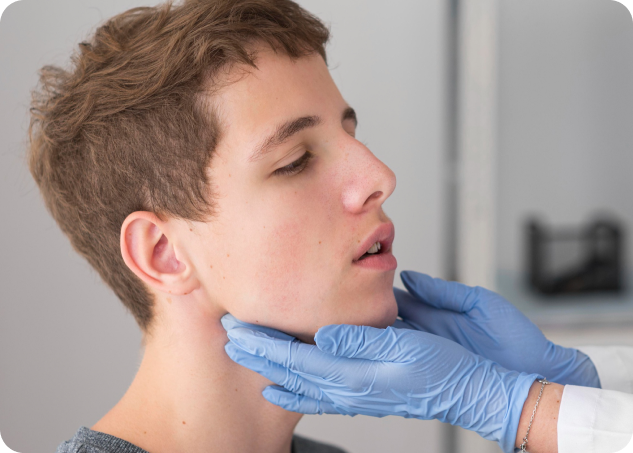
Jaw Surgery in Austin TX: A Comprehensive Guide

Introduction to Jaw Surgery Orthodontics
What is Jaw Surgery?
Purpose of Jaw Surgery
Jaw surgery addresses both functional challenges and aesthetic concerns for individuals with jaw irregularities. It is often a crucial step in achieving better oral health and functionality.

Improving functionality
Enhancing appearance
Importance of Jaw Surgery in Improving Oral Health and Facial Aesthetics
The Role of Jaw Surgery in Oral Health
When the jaw is misaligned, it can hinder daily functions. Jaw surgery helps resolve:
The Role of Jaw Surgery in Facial Aesthetics
An aligned jaw contributes significantly to facial balance and profile harmony. By adjusting structural issues, jaw surgery can achieve:
Common Conditions Requiring Jaw Surgery
Malocclusion Correction
with Jaw Surgery
Malocclusion, or “bad bite,” occurs when the upper and lower jaws are misaligned, causing challenges in oral functionality and appearance. For severe cases, jaw surgery becomes essential.
Types of malocclusion
Correcting these issues improves chewing, speech, and facial proportions while preventing long-term oral health issues like gum disease and uneven teeth wear.
Treatment methods
Severe malocclusion is treated through:
Obstructive Sleep Apnea
Obstructive sleep apnea (OSA) is a condition where the airway becomes blocked during sleep, disrupting breathing and causing poor rest. Jaw surgery can offer an effective solution for severe cases.
How jaw surgery helps OSA
By repositioning the upper and lower jaws, the airway is widened, addressing the root cause of obstructions. Benefits include:
Surgical techniques
Jaw surgery for sleep apnea serves as a long-term solution, improving health while reducing the risks of untreated OSA.
Enhancing Facial Aesthetics through Jaw Surgery
Jaw surgery improves not only functionality but also facial aesthetics. By correcting jaw alignment, the face becomes more balanced and harmonious.
Benefits for aesthetics:
Through precise adjustments, jaw surgery creates structural harmony while addressing health concerns.

Preparing for Jaw Surgery
Preparation is a critical step to ensure optimal results. Patients are typically involved in pre-surgical evaluations, which may include orthodontic work or imaging studies. Steps include:
Consultation with Oral and Maxillofacial Surgeon
Your surgeon will analyze your dental and facial structure and discuss the procedure in detail.
Orthodontic Treatment: Aligning Teeth Before Surgery
Braces may be needed to move the teeth into proper position before surgery.
Follow Pre-Surgical Instructions
This may include dietary changes, stopping certain medications, and other health considerations.
Recovery and Aftercare
Recovery and aftercare are vital parts of the healing process, helping ensure a smooth transition back to daily activities after surgery. The recovery phase requires a combination of self-care, professional guidance, and adherence to specific guidelines for optimal outcomes. Proper planning for aftercare is critical to prevent complications, maintain progress, and promote a sustained, healthy recovery. Below is a breakdown of key areas that support a successful recovery.
Post-operative pain management

Dietary restrictions and oral hygiene

Follow-up appointments

Physical therapy and rehabilitation

Risks and Complications of Jaw Surgery
Like any medical procedure, jaw surgery carries risks and potential complications. While most risks are manageable, being informed helps patients take necessary precautions and make informed decisions.

Rehabilitation Exercises
Risks can include minor discomfort, swelling, or bleeding. These may result from factors such as pre-existing conditions, or individual healing responses.
To minimize these risks, a thorough discussion with your surgeon is essential. Understanding the procedure, potential complications, and post-operative care ensures a smoother recovery and lowers the likelihood of adverse effects.
Conclusion
Jaw surgery, or orthognathic surgery, is essential for correcting jaw and facial irregularities, offering both functional improvements and enhanced aesthetics. It goes beyond cosmetic benefits, addressing significant health and quality of life concerns.

Importance of jaw surgery

Benefits of jaw surgery

Future advancements in jaw surgery
Innovative research is advancing the field, improving outcomes for patients:
FAQ
What makes jaw surgery worth it?
Corrective jaw surgery offers life-changing benefits by improving functionality like chewing, speaking, and breathing, while also enhancing appearance and self-confidence. Although the recovery process can be demanding, the procedure often leads to long-term oral health improvements, reducing the risk of future issues and significantly improving overall quality of life.
First consultation – what to ask?
During your first consultation, ask about the specialist’s experience, possible treatment options, expected timelines, and anticipated results. Discuss costs, payment options, and any challenges you might face during treatment. This meeting helps clarify the process and ensures you fully understand your care plan while addressing any concerns.